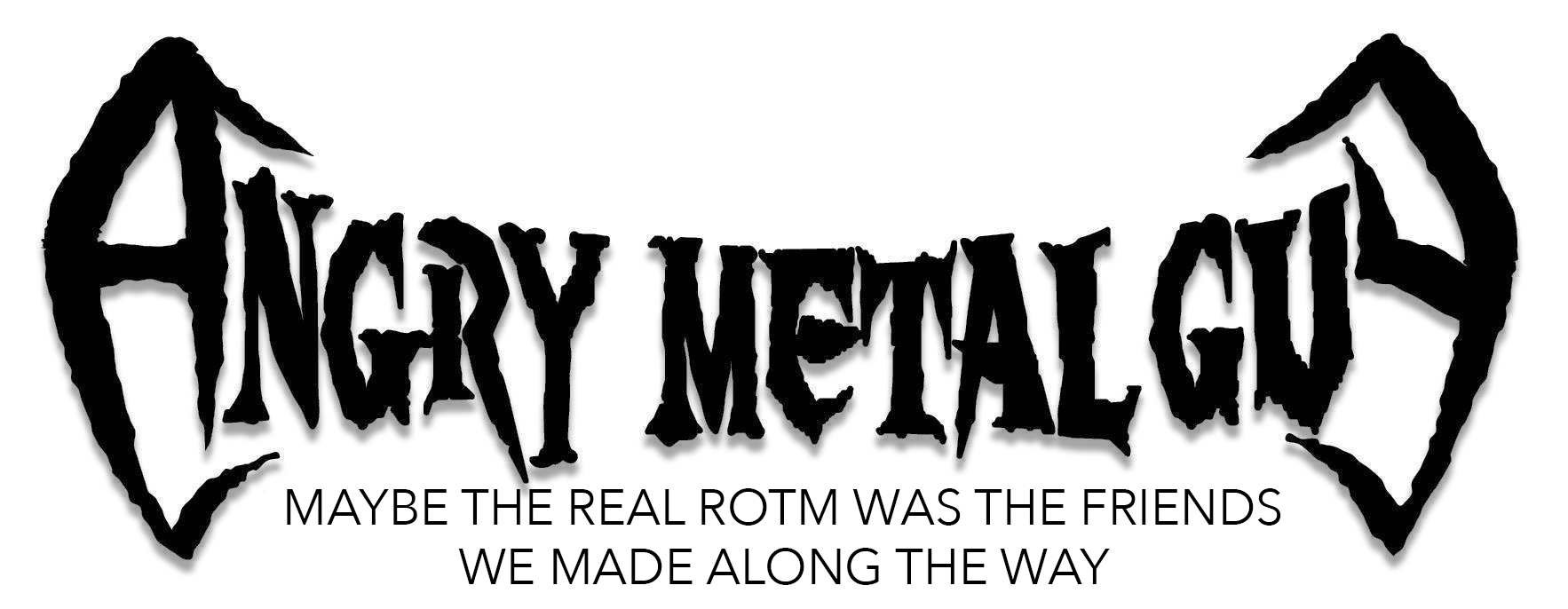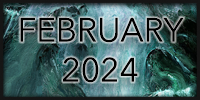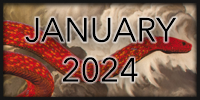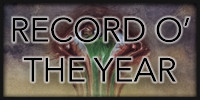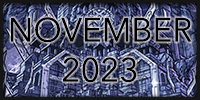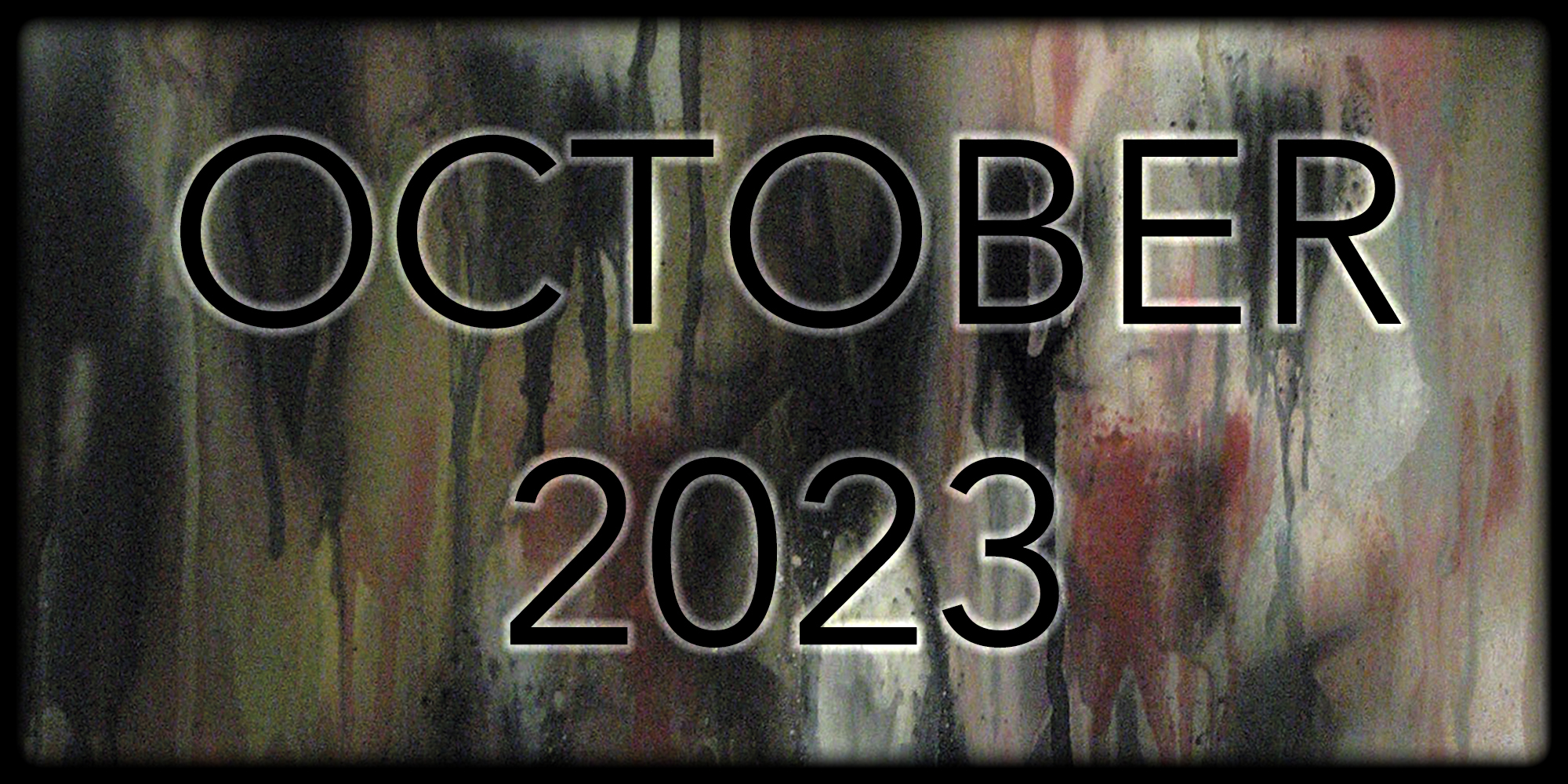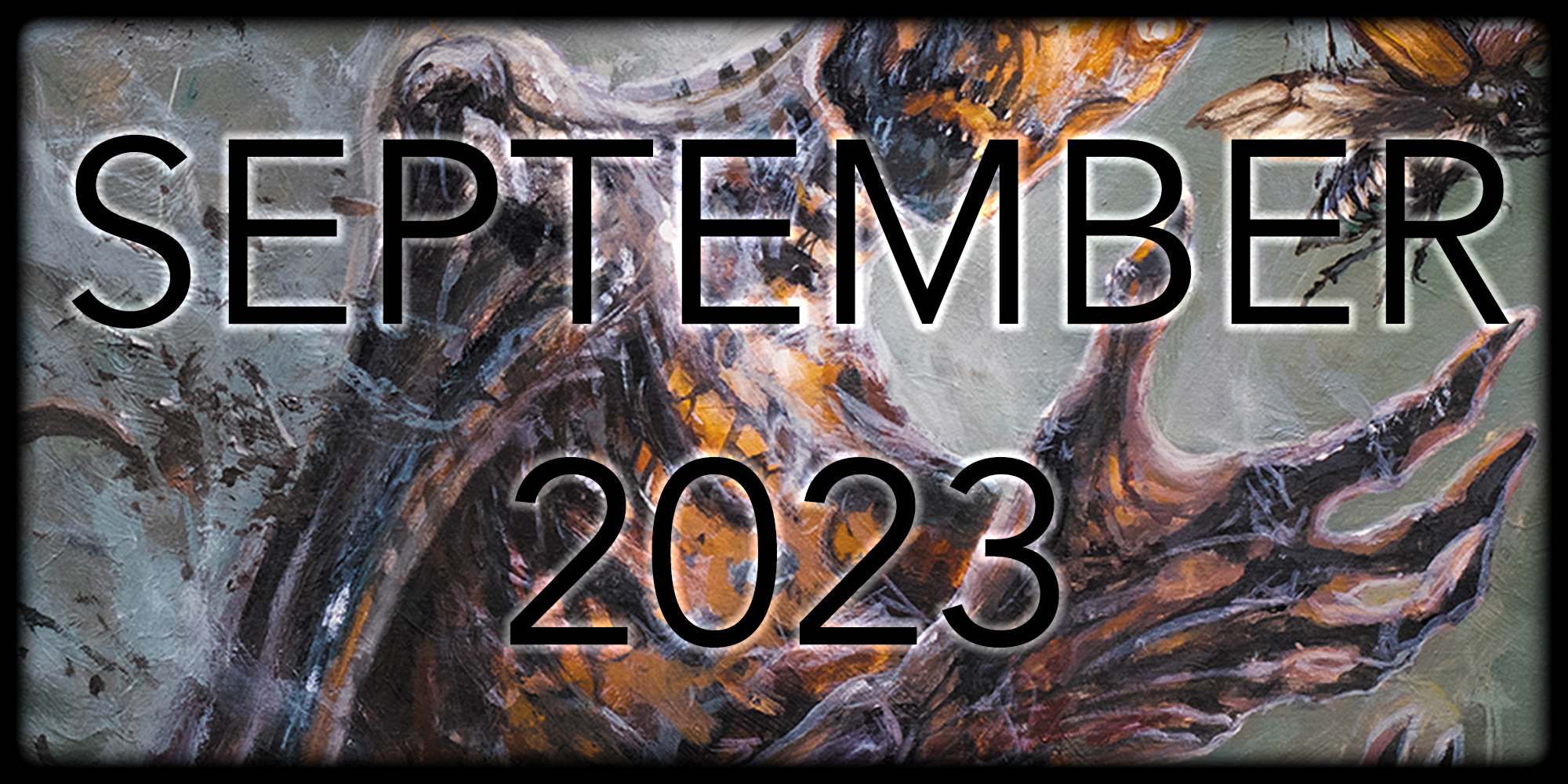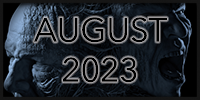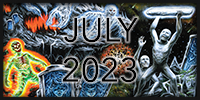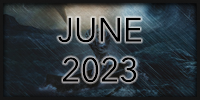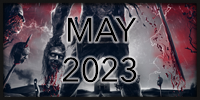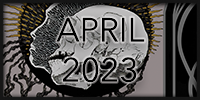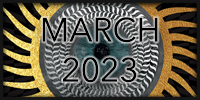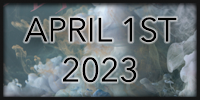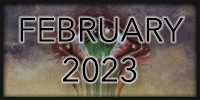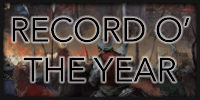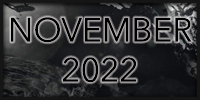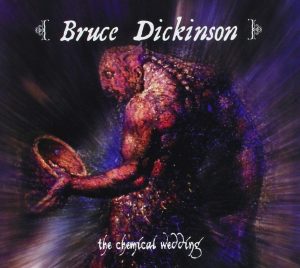 1998 was not metal’s finest year. Nu-metal was rearing its ugly head and 80s bands were withering on the vine. It had also been five years since Bruce Dickinson left Iron Maiden, and while he had released a few decent albums since (and Iron Maiden had released, um, The X Factor), he wasn’t setting the world on fire with legendary recordings. Unlike with Ozzy and Black Sabbath, a separation did not inspire Bruce nor Maiden to go above and beyond – at least, not until 1998, when Dickinson released The Chemical Wedding and Maiden dropped Virtual XI on us. One was amazing, and the other – well, we will let AMG Himself wax eloquently1 on that one later.
1998 was not metal’s finest year. Nu-metal was rearing its ugly head and 80s bands were withering on the vine. It had also been five years since Bruce Dickinson left Iron Maiden, and while he had released a few decent albums since (and Iron Maiden had released, um, The X Factor), he wasn’t setting the world on fire with legendary recordings. Unlike with Ozzy and Black Sabbath, a separation did not inspire Bruce nor Maiden to go above and beyond – at least, not until 1998, when Dickinson released The Chemical Wedding and Maiden dropped Virtual XI on us. One was amazing, and the other – well, we will let AMG Himself wax eloquently1 on that one later.
We all know Dickinson loves his history, and The Chemical Wedding is no exception. Loosely based upon the writings of William Blake, and with one of Blake’s paintings serving as the cover art, The Chemical Wedding’s lyrics are also heavily influenced by the occult and biblical scripture. With former Iron Maiden guitarist Adrian Smith at his side once again, Roy Z producing and cowriting, and the reliable Tribe of Gypsies providing support, The Chemical Wedding serves up some of the heaviest, most cohesive material Bruce Dickinson has ever recorded, either solo or with Maiden.
The heaviness of the album is immediately apparent in the ponderous, down-tuned opening riff of “King in Crimson.” It evolves from doomy and ominous to an almost evil throb, with Dickinson’s menacing vocals underpinning the whole thing. “The Tower” was one of the singles pulled from The Chemical Wedding, along with “Killing Floor.” Both are accompanied by typically cheesy videos (the video for “Killing Floor” is cringingly bad). “The Tower” features a simple drum-bass groove as an anchor, partnered with Smith’s sinuous guitar licks and the overall heaviness of the record, along with a memorable chorus. “Killing Floor,” on the other hand, is more of a jackhammer, with a pair of driving, aggressive riffs blowing up our speakers and the glorious chorus of “Satan! Has left his killing floor!”
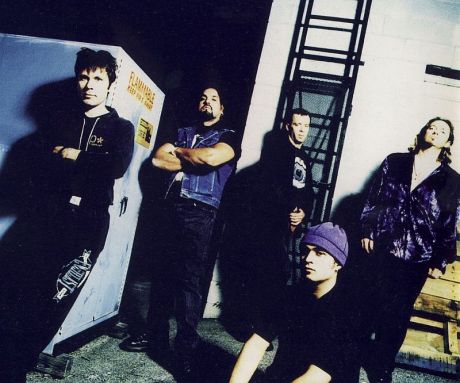
These are great songs, all in possession of excellent arrangements and with lyrical content that plays nicely with the ongoing Blake theme of the album, but The Chemical Wedding really shines on the “epic” cuts. “Book of Thel” is the longest song at over eight minutes, and is a stellar work of art. It’s long, but not Iron Maiden-bloat long. The song moves from eerie opening notes to the best riff on the album and features a great bass guitar breakdown in the middle, yet another aggressive riff, two great solos, and a bizarre spoken-word ending. And as is the case for any brilliant song of this length, it seems to be over far sooner than its runtime would suggest. “Jerusalem” is the other epic track, and features one of Dickinson’s best vocal turns in ages. It’s the closest we get to a nuanced performance on the album, with clean, folk-like guitars and vocals building to a climactic ending that, again, features more spoken Blake poetry courtesy of Dickinson’s long-time idol, Arthur Brown.
We like to talk about flaws and downsides when we write about albums, but there are no weak spots on The Chemical Wedding. Perhaps the final “hidden track” at the end of “The Alchemist,” which is a short and silly spoken-word piece that follows two minutes of silence. I chalk that up to Dickinson’s odd sense of humor. Other than that, this is a slickly produced, well-written, well-performed record, full of excellent riffs, memorable songs, and great lyrics. Twenty years on, it’s still my favorite record of 1998, and Bruce Dickinson’s best solo album.2 If you haven’t heard it in a while (or at all), what better time to do so than Bruce’s 60thbirthday?
